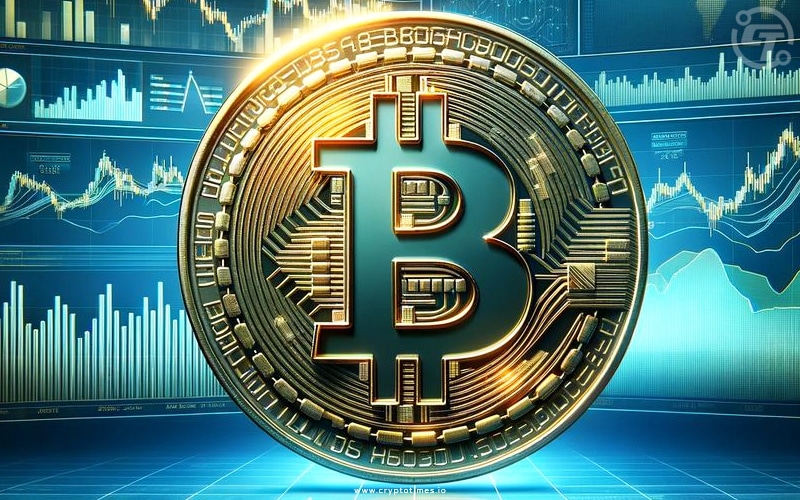Fiat currencies such as the U.S. dollar, Japanese yen, and euro lack backing from physical assets, relying instead on subjective market perceptions to determine their value.
For example, Bitcoin reached a record high of 7.9 million yen on Tokyo’s bitFLYER exchange, while its value in dollars remained below its previous peak of $69,000 in November 2021, hovering around $52,000.
The fluctuation in the yen’s worth highlights its vulnerability due to the Bank of Japan’s ongoing efforts to increase liquidity alongside a rise in inflation.
While central banks such as the Federal Reserve aggressively raised interest rates to counter inflation during 2022 and 2023, the BOJ maintained zero interest rates and continued extensive money creation.
Inflation decreases the value of fiat currencies, prompting investors to seek refuge in alternative assets like bitcoin and gold, valued for their ability to preserve wealth.
The yen has declined by 13% and 7.5% against the dollar and decreased by 6.4% this year.
Bitcoin may persist in trading at a higher value when denominated in the Japanese yen unless the Bank of Japan speeds up its intended departure from the extremely loose monetary policy, making it comparatively appealing to hold onto the yen rather than other assets.
Also Read: Bitcoin’s Market Capital hits $1 Trillion, BTC Tops $51,000







